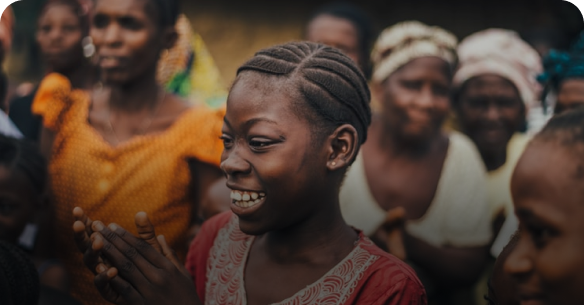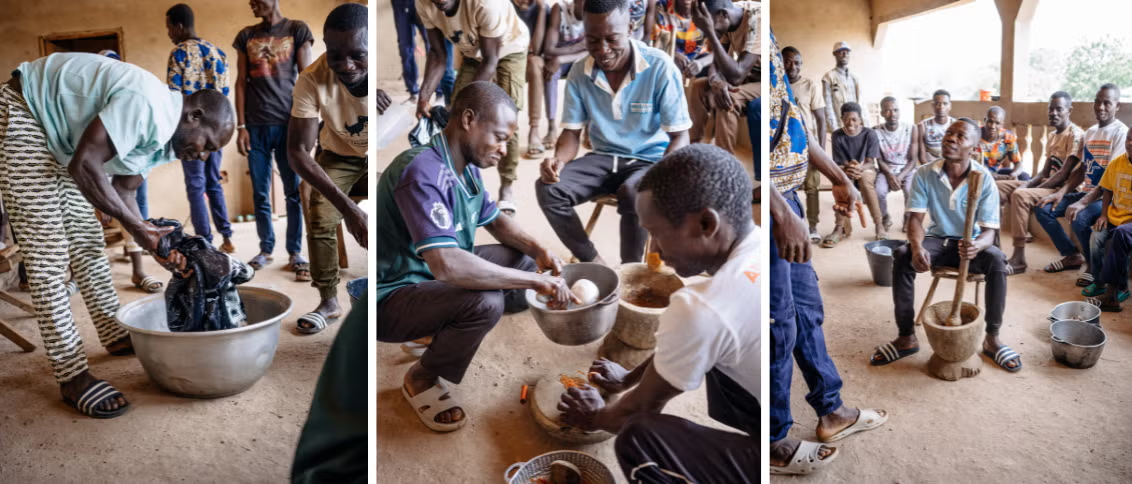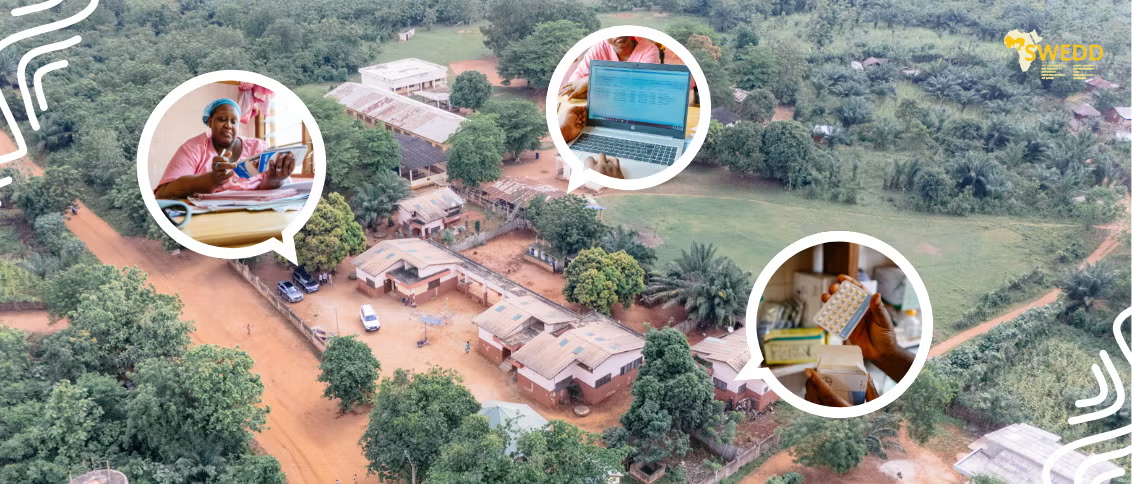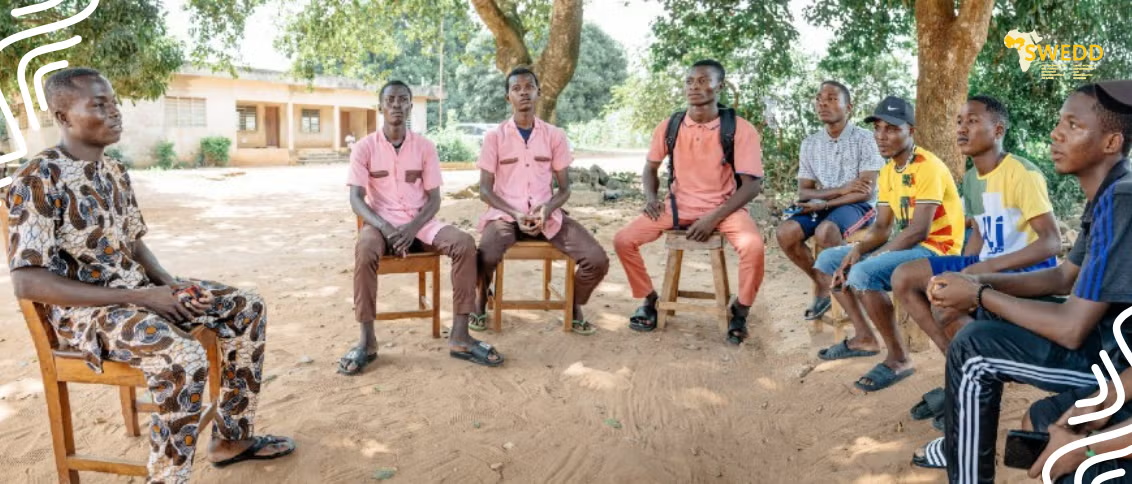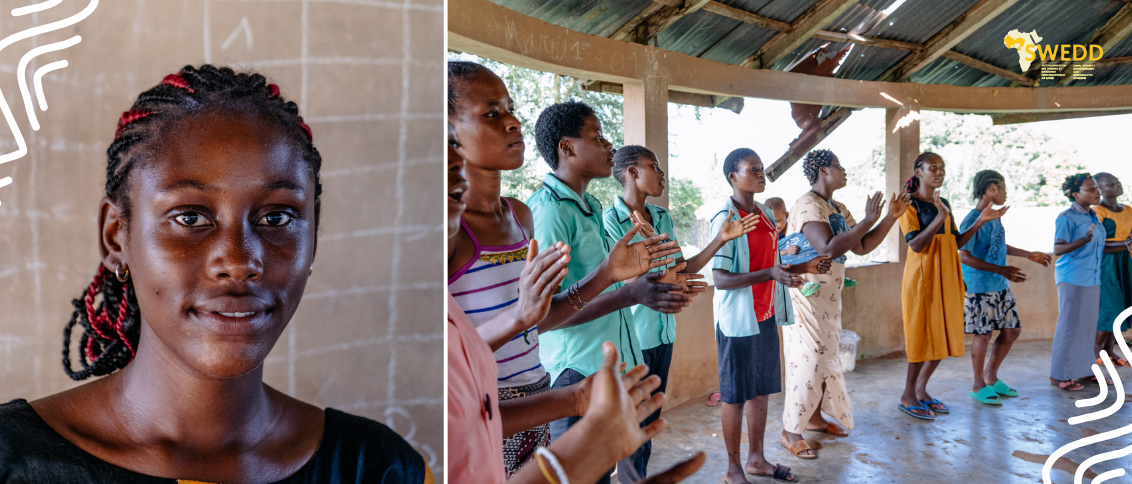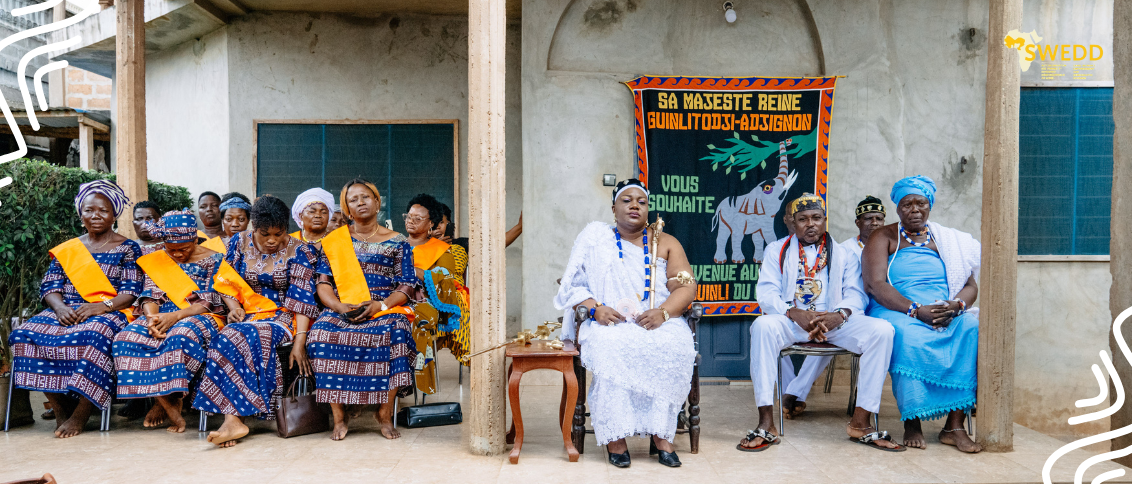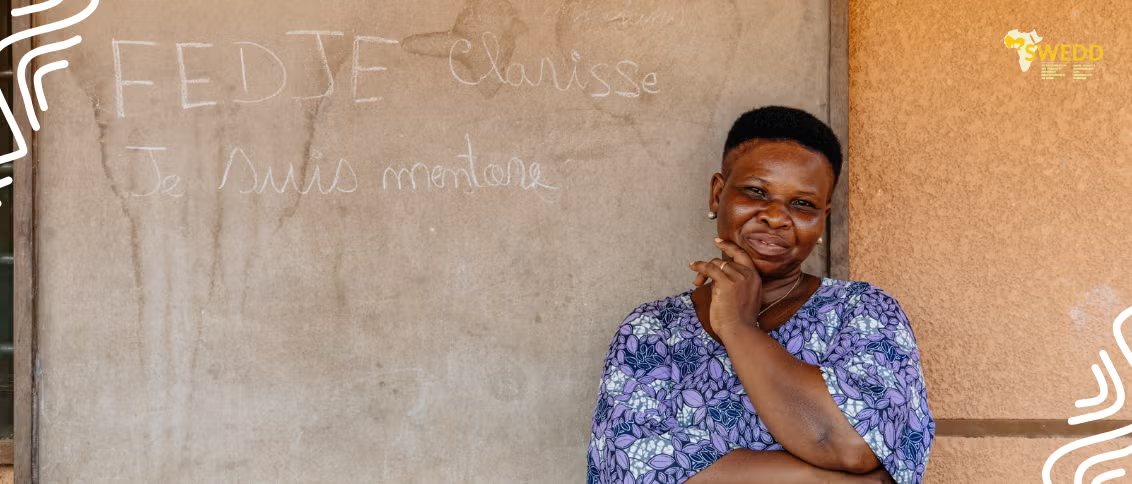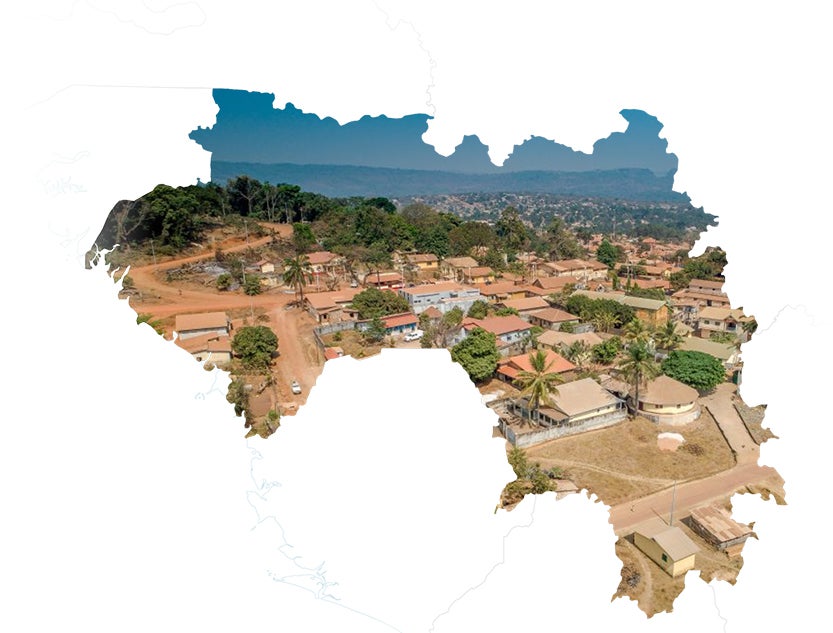
Guinea
"Each additional year of education reduces poverty" - Aïcha Bah Diallo, former Minister of Education. Find out more
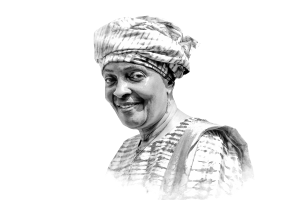
Overview
Overview
*Activate automatic English translation in the video settings
Guinea is committed to capturing the demographic dividend, placing the development of human capital at the heart of public policies, and was selected for the second phase of the SWEDD project. The SWEDD 2 project fits in perfectly with Guinea's national strategies, namely Vision Guinea 2040, the National Economic and Social Development Plan (PNDES 2016 - 2020) and the frameworks for development programmes, including the ECOWAS Vision 2020 and the African Union Vision 2063.
Among young people, the situation is more pronounced: (i) The fertility rate is early, with 146 births per 1,000 women aged 15-19; (ii) unmet need for family planning is highest among the youngest age group (15-19), at 36.3%; (iii) young women in union aged 15-19 have the lowest contraceptive prevalence rate/modern methods (CPMR), at 5.7%, compared with 10.1% for women aged 35-39. The Guinean population is characterised by a low level of education. According to the 2014 General Census of Population and Housing, around 32% of people aged 15 and over are literate, compared with 68% who are not literate.
The National Education Systems Status Report shows that the situation regarding enrolment and retention of girls in school still gives cause for concern. The gross enrolment rate for girls in primary education is 95.5%, falling to 37.2% in lower secondary education between 2018-2019. At secondary level, the gross enrolment rate is estimated at 46.7%. In rural areas, the rate is 14.6% for girls, compared with 38.8% in urban areas. In terms of the disparity between girls and boys, the gross access rate to primary 1 during the same period was 111.4% for girls compared with 126.1% for boys.
Non-attendance at school affects more girls, children living in rural areas and children from the poorest families. Two out of five (40%) of 5-16 year-olds have never been to school, compared with 43% of girls and 38% of boys. Girls account for 52% of children aged 5-16 who have never been to school. If this trend is not reversed, it could further delay the demographic transition and the achievement of the Sustainable Development Goals.

